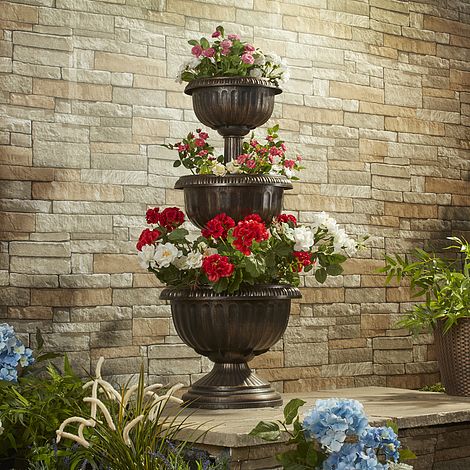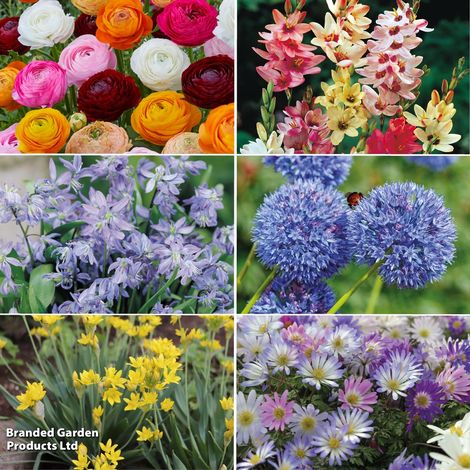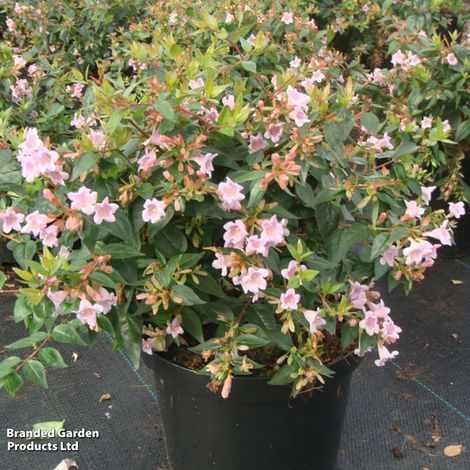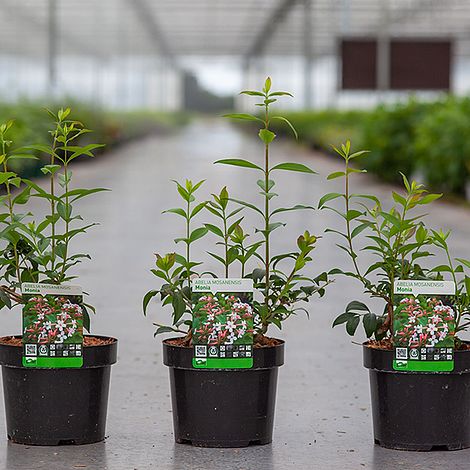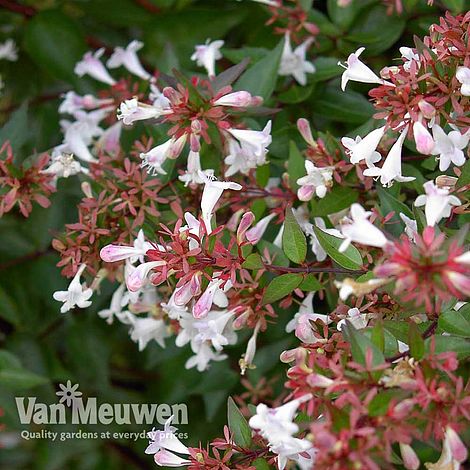- Flowers
Flower Bulbs Allium Bulbs Anemones Begonia Tubers Crocus Bulbs Daffodil Bulbs Dahlia Tubers Hyacinth Bulbs Lily Bulbs Tulip Bulbs Woodland Flower Bulbs Other Flower BulbsFlower Plants Annual Bedding Plants Children's Flower Plants Clematis Climbing Plants Cottage Garden Plants Exotic Plants Flowers For Cutting Plants Foliage Plants Greenhouse & Indoor Plants Ground Cover Plants Hanging Basket Plants Lavender PlantsHardy Geraniums Herbaceous Border Plants Heuchera Pansies and Violas Patio Plants Water Plants Window Box Plants Winter Bedding Plants Hydrangea Large impact plants Recommended By Our Experts
- Fruit & Vegetables
- Trees, Shrubs & Ornamentals
- House Plants
- Tool Shed
Garden Tools & Equipment Barrows and Trolleys Garden Solutions Harvesting Plant Supports Seed Sowing Tree Stakes Water Butts Weed Control Hand Tools Secateurs, Snips and Pruners WorkshopGarden Irrigation & Watering Irrigation Kits Water Butts Hoses & Sprays Miscellaneous Fertilisers Plant Pots Hanging Baskets Plant Protection Garden Compost All Compost
- Outdoor Living
Garden Living Barbecues & Firepits Garden Storage Solar Lights & Lighting Fixtures & Ornaments Awnings Sail Shades Garden Clocks Landscaping Lawn Edging PavingPatio Heaters Gas Patio Heaters Electric Patio Heaters Fire Pits, Chimeneas, Fire Baskets Wallmounted/Ceiling Patio Heaters Freestanding/Table Top Patio Heaters Water Features Solar Powered Water Features Mains Powered Water Features Indoor Water Features Outdoor Water FeaturesGarden Furniture Rattan Furniture Parasols Garden Benches Dining Sets Loungers Wooden Furniture Party Tents & Gazebos
- Wild Birds
- Gardening Info
- Special Offers
- Pear and Quince rootstocks:
- Quince C - Dwarf reaching a mature height of up to 2.5-3m (8-10')
- Quince Eline - Dwarf reaching a mature height of 2.5-3m (8-10')
- Quince A - Semi vigorous reaching a mature height of up to 3m (10') to 4m (13')
Join Our Gardening ClubVan Meuwen Gardening Club
Become a Member
Join our Gardening Club to unlock exciting perks and discounts!
JUST £10 for one year's membership
10% OFF EVERY order placed online £20 worth of Van Meuwen Vouchers Exclusive members only deals Join NowPear 'Beurré Hardy'
Hardy Tree
What is Hardy Tree?
FROM £29.99
Exceptional flavour and melting texture.
Late cropping variety.
Copes well on poor soils.
Delivery Information View Product DescriptionLoading...Description How to Grow More Info DeliveryA popular variety in the UK which originates from 19th century France. Pear 'Beurré Hardy' produces good crops of pale green fruits with distinctive russet skins. This is a late cropping variety that can be harvested in late September, while the fruits are still firm, and then brought indoors to finish ripening. The fruits have an exceptional flavour and sweet, juicy flesh with a lovely melting texture. They will store nicely into October. This variety has a vigorous habit and copes well on poorer soils. Pollination group 4.
This variety is not self-fertile. For the heaviest crops it is best grown with another variety. If you only have room for one tree then make sure that a neighbour has a tree close by that can act as a suitable pollinator.
Estimated time to cropping once planted: 2 years.
Estimated time to best yields: 5 years.Useful links:
How to grow fruit trees Fruit rootstock guide
Flowering Months Harvest MonthsJANFEBMARAPRMAYJUNJULAUGSEPOCTNOVDECJFMAMJJASOND
1 Bare Root Tree (Quince A Rootstock) (KC5379)
1 Bare Root Tree (Organic Quince A Rootstock) (KF0950)
1 x 12 Litre Potted Tree (Quince A Rootstock) (KB2324)
We advise you to prepare your planting hole before receipt. When your package arrives open it immediately and plant it straight away. If this is not possible heel the bare root plants into a trench temporarily. Plant pear trees in any well drained soil in a sheltered sunny position. Prior to planting, incorporate plenty of well rotted manure or garden compost into the planting hole and drive the stake into the ground to support the tree. Staking after planting may result in damage to the root ball. Plant fruit trees at their original soil level and firm them into the ground. Fasten the tree to the stake using a tree tie, and water well. Pears will produce the best crops when planted near to another pear tree to increase pollination.
These plants are lifted from the nursery field when dormant, and sent to you in late autumn or spring for planting. They often look dead on arrival, but they are just resting in the dormant period and will establish quickly for a strong start in the garden come spring. Set out in prepared soil in holes wide enough and deep enough to lay out the roots. Tread down the planting soil to knock out air pockets. Water well to settle. Apply a mulch to protect roots from cold temperatures. If conditions prevent immediate planting, set roughly into loose soil or a pot of compost (‘heeling in’) to protect the roots. Set these at the same level as they were in the nursery field – you should see a soil line at the base of the stem. Stake trees, taller shrubs and roses to prevent root disturbance.
Fruit trees do not suffer weed competition well. Keep weeds and grass clear from within a 30cm radius of base of the tree. In spring, while the ground is moist, apply a mulch of well rotted manure or garden compost around the base of the tree, taking care not to mound it up against the stem. This will help to retain moisture throughout the summer. Feed pear trees regularly and water during particularly dry periods.
Pruning pear trees begins immediately after planting. Remove the central stem to just above the highest side branch. For the following 3 years, prune only the tips of the remaining main branches by one third in winter. Aim for about eight main branches which will form the frame of your tree, with fruiting sub branches growing off of them. From the fourth year, some sub branches can be pruned out at the union where they join the main branch, to allow new sub branches to take their place.
In order to produce the best quality, largest pears, the fruits should be thinned in July leaving one or two pears remaining per cluster.
Seeds and garden supplies will normally be delivered within the time period stated against each product as detailed above. Plants, bulbs, corms, tubers, shrubs, trees, potatoes, etc. are delivered at the appropriate time for planting or potting on. Delivery times will be stated on the product page above, or in your order acknowledgement page and email.
Orders for packets of seed incur a delivery charge of £2.99.
Orders which include any other products will incur a delivery charge of £6.99.
Where an order includes both packets of seeds and other products, a maximum delivery charge of £7.99 will apply - regardless of the number of items ordered.
Large items may incur a higher delivery charge - this will be displayed in your shopping basket.
Please see our Delivery page for further details, and more information on different charges that may apply to certain destinations.
For more information on how we send your plants please visit our Helpful Guide on plant sizes.
WHY NOT TRY THIS INSTEAD
Sign up to the Van Meuwen Gardener's Club for Special Offers
Delivery Information Privacy Policy Cookies Terms of Business Affiliate Programme Planting & Cultural Advice Contact Us© 2025 Van Meuwen. All rights reserved. A division of Branded Garden Products Limited.
- House Plants



